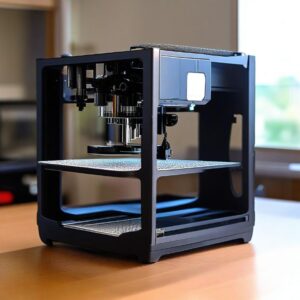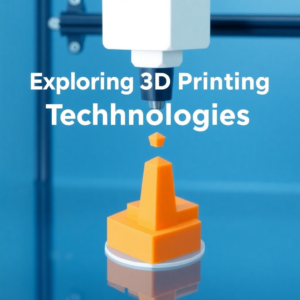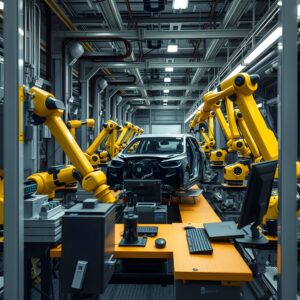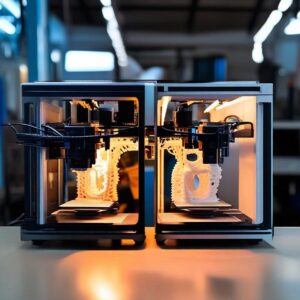How to Upgrade Your 3D Printer for Enhanced Print Quality

Enhance your 3D printer’s performance and print quality with essential upgrades. Discover how to upgrade hardware components and improve software for better results.
Upgrading your 3D printer is one of the best ways to improve print quality, boost performance, and expand the range of materials you can use. From better hotends to upgraded print beds, hardware enhancements can make a significant difference in the final output of your prints. Coupled with software upgrades, these modifications can take your 3D printing to a professional level. In this guide, we’ll explore key upgrades that will help you achieve smoother, more accurate prints.
Upgrading the Print Bed for Better Adhesion and Stability
One of the most effective upgrades you can make is improving your printer’s print bed. Upgrading to a glass bed or a PEI-coated surface will ensure better adhesion for your prints, preventing warping and ensuring a smoother surface. Additionally, adding an auto-bed leveling sensor, like the BLTouch, will save you time and ensure that the bed is perfectly level for every print.
A heated bed can also make a significant difference, especially for materials like ABS and PETG, which require a stable temperature to prevent warping. If your printer doesn’t already have one, consider upgrading to a heated bed with good thermal conductivity.
2. Improving Extruder and Hotend Performance
The extruder and hotend are the heart of your 3D printer, controlling filament flow and temperature. Upgrading to a direct-drive extruder can help improve print quality, especially when printing with flexible materials like TPU. For higher-temperature filaments like nylon or ABS, an all-metal hotend is essential. This allows you to print at higher temperatures without degrading the material, and it opens the door to using more exotic filaments for advanced projects.

3. Upgrading Firmware and Slicer Software
While hardware upgrades are essential, don’t underestimate the power of a good firmware update. Installing the latest version of Marlin or Klipper firmware can unlock new features, such as linear advance or junction deviation, which help control the extrusion process more precisely. Software upgrades like PrusaSlicer or Simplify3D offer more advanced control over layer height, infill patterns, and print speed, improving the overall quality of your prints.
4. Installing Stepper Motor Dampers and Upgraded Fans
Noisy and inaccurate movement from your 3D printer’s motors can affect print quality. Installing stepper motor dampers can reduce vibrations and noise, leading to more stable prints. Upgrading your cooling system with quieter fans or a more efficient part-cooling duct can also improve the overall performance, especially for PLA and other filaments that benefit from rapid cooling.
Upgrading your 3D printer with improved components like a direct-drive extruder, an auto-leveling sensor, and better cooling can significantly enhance print quality. Don’t forget to pair these hardware upgrades with updated firmware and slicing software for optimal performance. By combining these changes, you’ll unlock the full potential of your 3D printer, achieving smoother, more precise results on every print.



